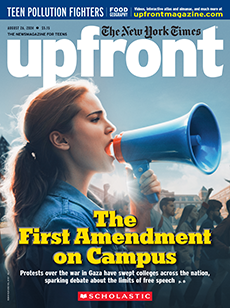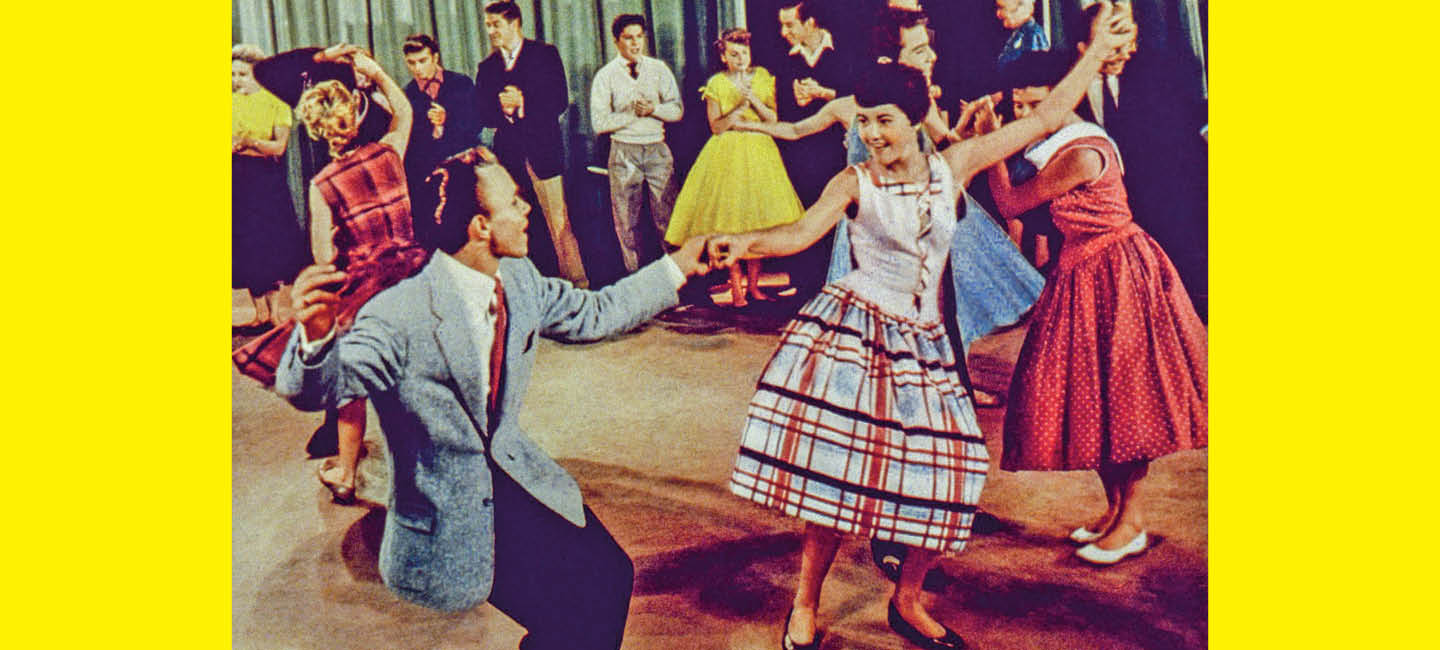Parents reading The New York Times Magazine on January 7, 1945, were in for a bit of a shock. After several articles about World War II, then entering its final stages, and one on the decline of breakfast as an American institution, they encountered on page 16 a document that sounded like a revolutionary call to arms: “A Teen-Age Bill of Rights.” Compiled from young people by the Jewish Board of Guardians, a social service agency, the proclamation enumerated 10 demands, including: “The right to make mistakes,” “The right to have rules explained, not imposed,” and “The right to have fun and companions.” It was addressed to the youngsters’ “bewildered” mothers and fathers, who, the accompanying article noted, had recently seesawed between wondering “‘What is wrong with our children?’ and ‘What is wrong with us?’”
The idea of a distinct period between childhood and adulthood was a relatively new one, and the term teenager even newer. The word really only emerged a year or so earlier, as advertising executives became focused on targeting the 13-to-19-year-old market and publishers launched new magazines, including Seventeen, to help reach them.
Parents reading The New York Times Magazine on January 7, 1945, were in for a bit of a shock. There were several articles about World War II, then entering its final stages. There was an article about the decline of breakfast as an American institution. Then on page 16 was “A Teen-Age Bill of Rights.” The document sounded like a revolutionary call to arms. It was put together by a social service agency called the Jewish Board of Guardians. The proclamation detailed 10 demands. It included: “The right to make mistakes,” “The right to have rules explained, not imposed,” and “The right to have fun and companions.” It was addressed to teens’ “bewildered” mothers and fathers. The accompanying article noted that parents had recently seesawed between wondering “‘What is wrong with our children?’ and ‘What is wrong with us?’”
The idea of a distinct period between childhood and adulthood was a relatively new one. But the term teenager was even newer. The word emerged a year or so earlier. It was used by advertising executives who became focused on targeting the 13-to-19-year-old market. Publishers started new magazines, including Seventeen, to help reach them.

